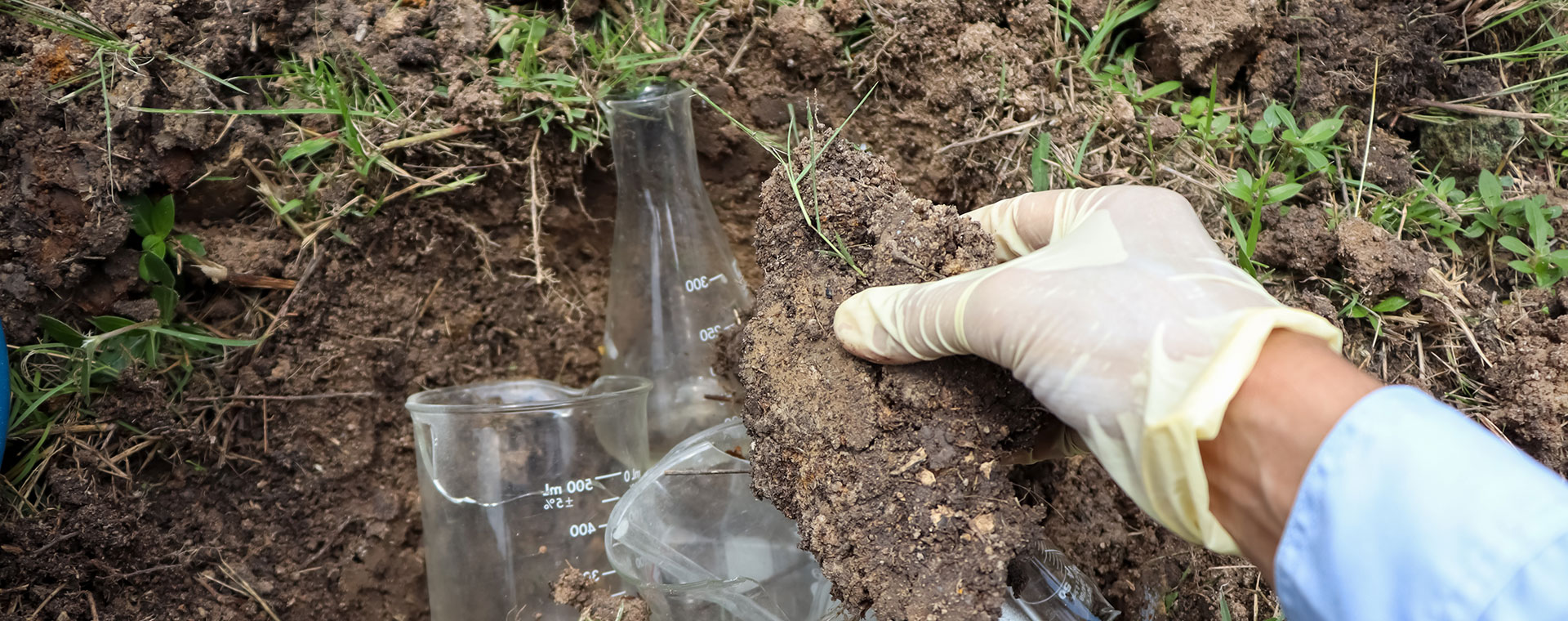
Whatman™ filters for soil testing
Soil is a crucial part of our ecosystem, along with water, air and living organisms. Thus, it is essential to protect soil from degradation in order to maintain a sustainable environment. In addition, fertilizers play a key role in boosting soil productivity and crop yields. Accurate soil analysis can be used to both protect soil as well as boost its productivity.
By extracting chemical compounds through pH and heat modulation, key elements such as nitrogen, phosphorus, pesticides and solids can be precisely measured. Whatman™ offers a range of products to support every stage of soil testing and ensure accurate, reliable results for better decision making in agricultural and environmental management.
Product search tool
Avantor® is your source for a complete range of consumables, equipment and reagents for environmental analysis. Use our search tool or contact your sales representative.
Kjeldahl nitrogen analysis
Soil nitrogen content is typically measured using Kjeldahl techniques, which begin by collecting a precisely measured soil sample in a digestion tube. For this application, you can use Whatman™ low-nitrogen-content weighing boats and qualitative filter paper.
Application: Kjeldal nitrogen analysis
- Sample filtration before analysis
Grade: Grade 4
Product type: Filter paper
Application: Kjeldal nitrogen analysis
- Low nitrogen content to prevent analysis interference during sample weighing
Grade: Grade 609
Product type: Weighing boats
Soxhlet extraction
Before analysis by gas chromatography (GC), for example, soil samples may be prepared using Soxhlet extraction or microwave digestion. Extraction thimbles are widely used for this technique. To remove fine particles and protect your GC instruments, use specific syringe filters.
Application: Soxhlet extraction
Product type: Cellulose thimbles
Spectrophotometry and chromatography
Most trace element tests are based on extracting soil and measuring the concentration of trace elements in the soil-free liquid phase using inductively coupled plasma atomic emission spectrometry (ICP-AES) or other techniques. Samples should be filtered through qualitative filter paper or a glass fiber filter to ensure that they will not clog nebulizers or interfere with injection into the analysis instrument. Samples digested with aqua regia may be filtered through an ashless filter paper.
Application: Spectrophotometry and chromatography
- HPLC certified
Filter name: SPARTAN™
Filter type: Glass fiber filter
Application: Spectrophotometry and chromatography
- Wide range of membranes, pore sizes and diameters
Filter name: Puradisc™
Filter type: Glass fiber filter
Application: Spectrophotometry and chromatography
- With a prefiltration glass filtration stack
- Can hold three to seven times more sample than standard syringe filters
Filter name: GD/X™
Filter type: Syringe filters
Application: Hard-to-filter samples
- With a polypropylene prefilter stack
- Minimizes the levels of ion extractables
Filter name: GD/XP™
Filter type: Syringe filters
Application: Spectrophotometry and chromatography
- All-in-one filter and autosampler vial
- With glass autosampler vial
Filter name: Mini-UniPrep™ G2
Filter type: Glass fiber filter
Application: Spectrophotometry and chromatography
- All-in-one filter and autosampler vial
- With plastic autosampler vial
Filter name: Mini-UniPrep™
Filter type: Glass fiber filter
Colorimetry for phosphorous analysis
Through soil phosphorus testing, the amount of phosphorus fertilizer required to achieve maximum plant growth can be determined. To determine the soil phosphorus content, the soil is extracted with a chemical solution, and the phosphorus content in the extract is measured by colorimetry. Filtration of the extract through a qualitative filter paper is generally required before analysis. If an automated method is used for determining phosphorus concentration, acid-resistant filter paper may be needed.
Application: Colorimetry for phosphorous analysis
Grade: Grade 41
Filter type: Filter paper
pH analysis
The pH of soil is a vital measurement that indicates how well the soil holds minerals. Some plants have very particular pH requirements. There are many different methods for measuring soil pH. Using litmus/pH paper is a quick and inexpensive way to measure soil pH when a pH meter is unavailable or when highly precise values are not necessary. When preparing your soil sample, weight the sample on weighing paper before adding water. Filter paper can be used to remove unnecessary particles from the suspension.
Application: pH analysis
Highlight 2: Universal indicators
Filter name: PHANPEHA
Filter type: Indicator papers
Whatman™ filters for sample clarification and solids retention
Some methods require that the liquid component of a solution be separated from the suspended solids before analysis. Cytiva offers a wide choice of cellulose filter papers with different flow rates, loading capacities and chemical resistances to support these applications.














